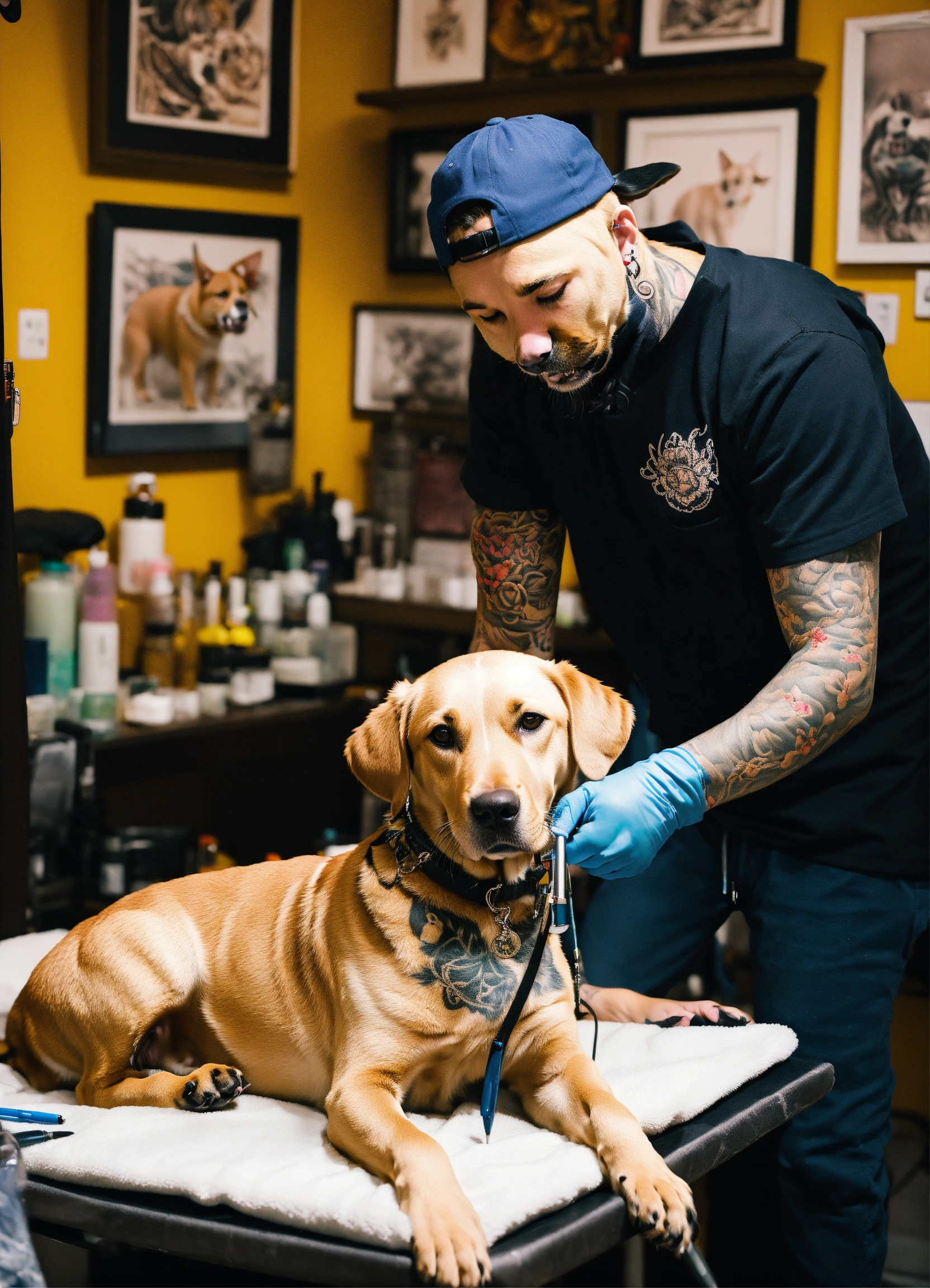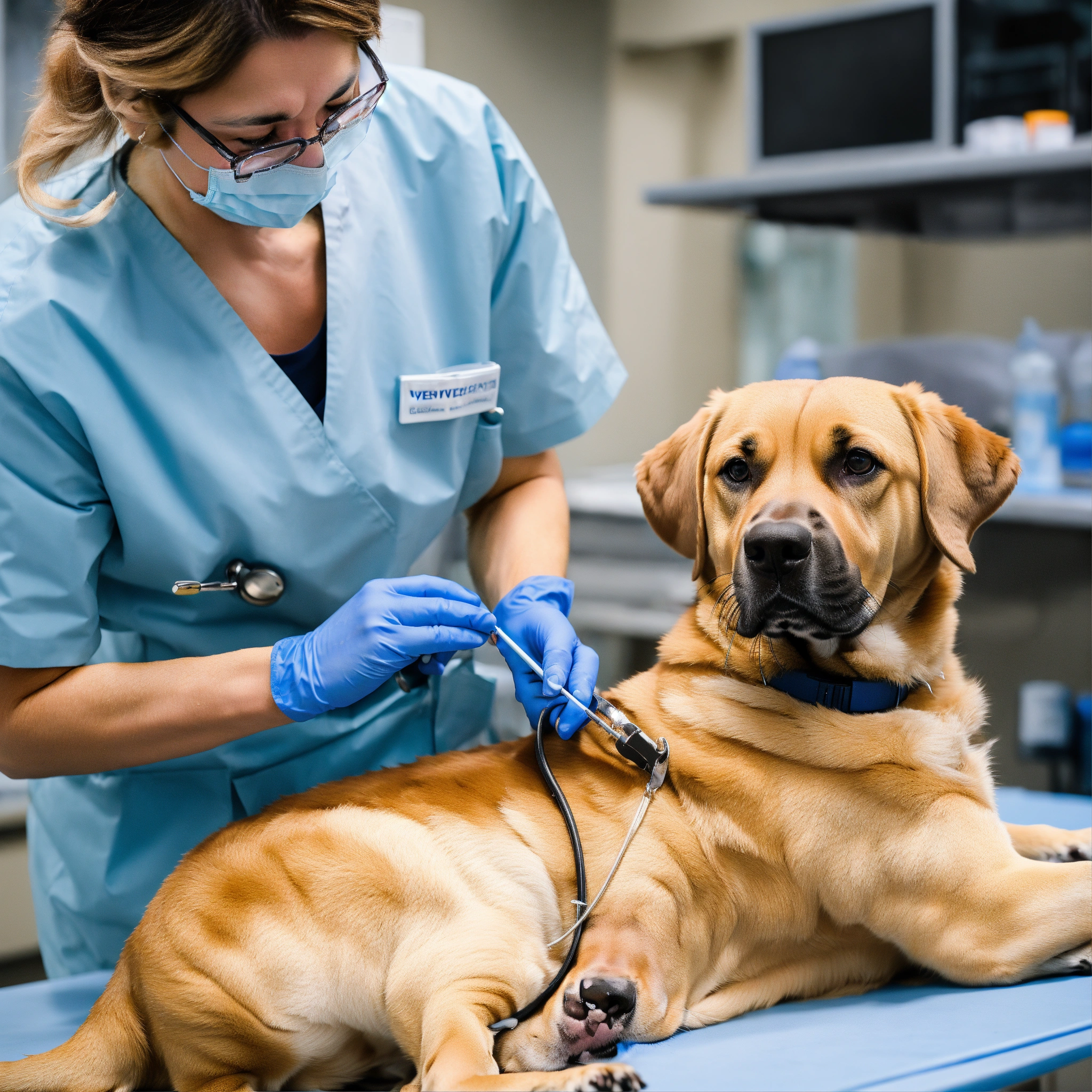Canine leishmaniasis is a very worrying disease caused by the bite of the sandfly. Knowing how to take the necessary precautions to prevent this infection is one of the best ways to take care of your dog’s health.
Like many zoonoses, leishmaniasis is caused by infection with a protozoan. Although an infected dog does not transmit the disease to humans, this disease seriously affects the animal’s well-being and has no cure.
Want to know how to protect your dog from leishmaniasis? Read this article to better understand how transmission occurs and what you can do to prevent it!
What is canine leishmaniasis?
Leishmaniasis is a zoonosis that can affect dogs through the bite of a sandfly infected by a parasite. In other words, this is considered a vector-borne disease, since contamination only occurs through the action of another host animal, such as a mosquito.
One of the strategies to prevent leishmaniasis contamination is to prevent the proliferation of this mosquito in the backyard. In addition, keeping vaccinations up to date will be essential to ensure the health and well-being of the animal.
It is worth noting that leishmaniasis can also affect humans. However, transmission does not occur directly. In order for a dog to pass this disease on to its owners, the dog must be bitten by an infected mosquito and develop the infection.
Then, another mosquito must bite the dog, become infected and pass the disease on to humans. For this reason, there is no need to be afraid of becoming infected if your dog gets sick.
What are the types?
It is important to know that there are different types of leishmaniasis in dogs. Understanding the differences between each classification will help you recognize the symptoms quickly and take your pet to the doctor.
Leishmaniasis can be classified as:
- cutaneous — affecting only the skin;
- visceral — affecting the internal organs in addition to the skin;
- mucocutaneous — affecting the skin and mucous membranes.
Visceral leishmaniasis is more common in dogs. The skin infection tends to arise from a different host, which does not usually affect dogs very often.
How does infection occur?
The infection begins with the bite of an infected female sandfly, capable of carrying a protozoan called Leishmania chagasi . This mosquito can also be called birigui, tatuquira or asa-dura in different regions of Brazil, and is recognized by its yellowish color, similar to straw.
When a mosquito bites a dog, it takes about 7 days for the infection to manifest itself. The first symptoms are usually loss of appetite and a change in the dog’s behavior, becoming quieter, more dejected and discouraged.
This type of infection generally affects dogs in urban areas more, where these animals become the mosquito’s main target. For this reason, the disease is more common in regions close to wild environments, where the agent comes from.
What are the symptoms?
The first signs you need to watch out for are changes in your dog’s daily habits. If you notice that his appetite has decreased and that he no longer has the same energy as usual, you need to pay extra attention.
Leishmaniasis will also begin to manifest itself through skin lesions, with redness and flaking of the tissue. When you notice these symptoms, it is time to take your pet to the vet for an examination.
In addition to these symptoms, leishmaniasis in dogs causes:
- fever;
- malnutrition ;
- wounds that do not heal;
- increased skin thickness;
- eye and vision problems ;
- change and deformation of nails;
- presence of nodules and lumps on the animal’s body;
- nosebleed.
When you take your pet to the vet, the diagnosis can be confirmed by serological and parasitological blood tests. The sooner the canine leishmaniasis infection is found, the faster the disease can be treated and the animal can be better cared for.
Is there a treatment for canine leishmaniasis?
To date, there is no definitive cure for canine leishmaniasis. However, it is possible to treat the symptoms and ensure that your dog’s well-being is restored.
It is necessary to be prepared for a long period of treatment, as the procedures will attempt to reduce the parasite load in the animal’s body. This means that, in some cases, it is not possible to kill all the parasites, but it is possible to reduce the amount of microorganisms that harm the dog.
In addition, treatment includes medication to alleviate the symptoms of the disease and ointments for skin wounds. The animal also needs to take extra care of the environment in which it lives, as it also becomes a host for the parasite. Therefore, if a mosquito bites it, it can transmit the disease to other animals and people.
Medical monitoring must be constant throughout the rest of the dog’s life. This is because it is necessary to check the control of the symptoms of the disease and offer the best possible care so that the dog has a good quality of life.
How to prevent canine leishmaniasis?
The best way to prevent leishmaniasis in dogs is through vaccination , starting at 6 months of age. It is also possible to install protective screens in the home to prevent mosquitoes from entering.
Another essential precaution is to keep the environment clean and apply insecticides that are safe for dogs in the presence of many mosquitoes. It also makes a big difference to avoid the accumulation of organic matter, to prevent the attraction of female sand flies, which usually lay their eggs in these spaces.
It is also worth avoiding walking your dog at night, as this is a period when mosquitoes are most active, especially during hot weather . Using a collar with specific repellents can also help.
In other words, canine leishmaniasis is a serious disease that requires a lot of care. To ensure your dog’s well-being and avoid any health problems, there is nothing better than keeping their vaccinations up to date and having frequent visits to the vet. This way, you ensure your dog’s well-being and quality of life, in addition to taking the essential measures to ensure they have a healthy life.










